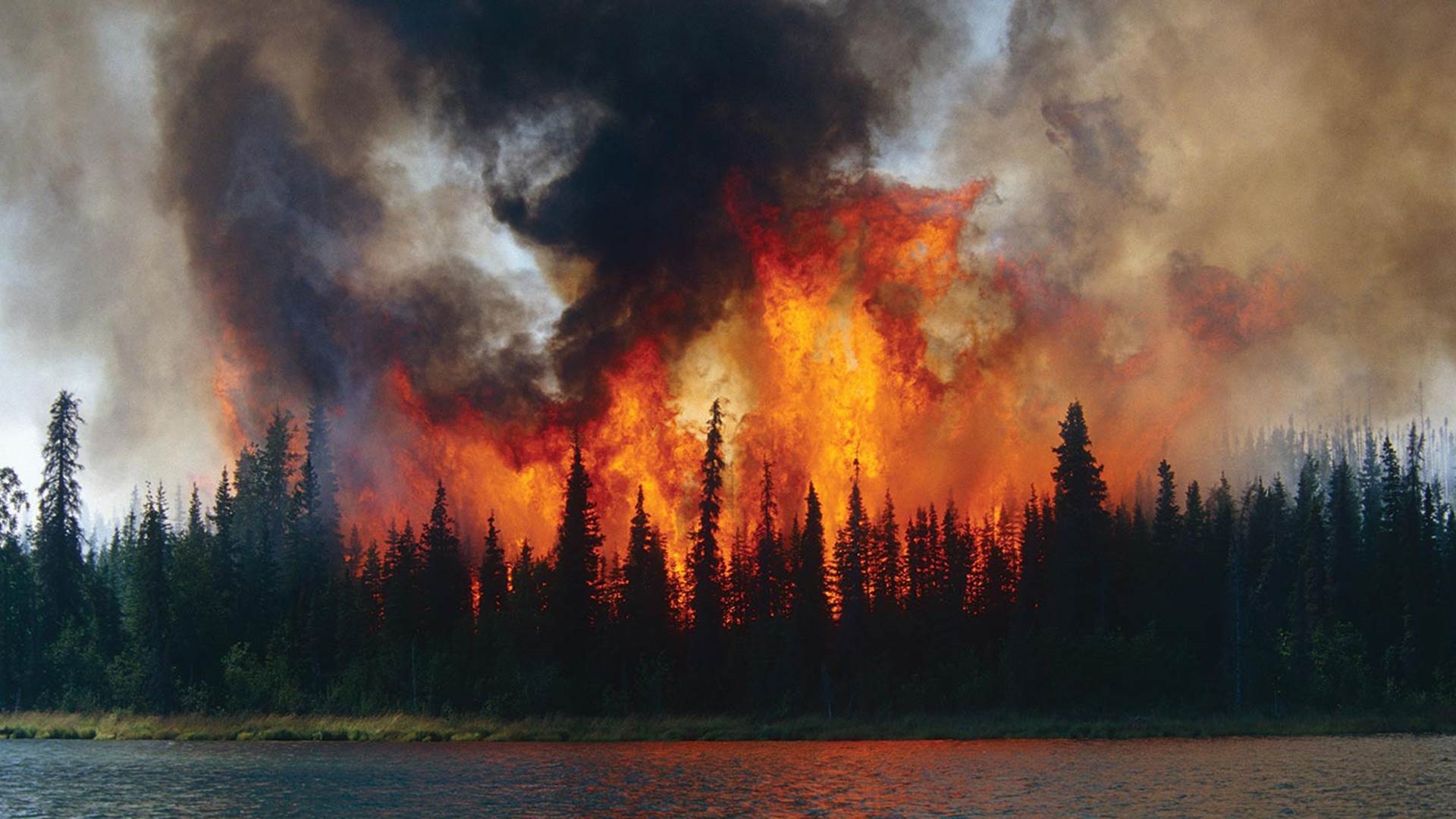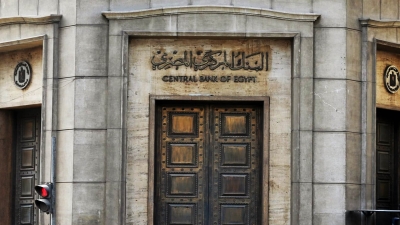Harnessing Artificial Intelligence: The Battle Against Forest Fires Enters the Digital Age
Wegdan Mohammed

With the escalating rise of forest fires worldwide, increasing in intensity due to unprecedented temperature spikes, experts, specialists, and governments are striving to overcome the fires by leveraging the latest artificial intelligence technologies.
United Nations forecasts indicate a 14% increase in the risk of forest fires by 2030 and approximately 30% by 2050. By the end of the century, this risk is expected to rise by 50%.
Although it's impossible to completely prevent forest fires, early detection and precise geographical location can minimize potential damage. Experts believe early detection not only saves lives but can also prevent million-dollar losses.
Many research centers, agencies, and experts are now working on this, including the primary firefighting agency, which has started testing an AI system to detect smoke using over a thousand cameras. The cameras provide billions of bytes of data for the AI system to process.
Human involvement is crucial in this system, as employees are needed to confirm any smoke sightings. Additionally, Microsoft's technical team is developing AI models to predict areas likely to start fires based on historical climate and geographical data.
While the system has its limitations, such as random events like lightning, it can analyze historical weather and climate data to identify patterns, such as consistently dry areas. German startup Aurora Tech aims to analyze satellite images using AI technology, launching small satellites into low Earth orbit to monitor and prevent forest fires. The company plans to deploy more satellites in the coming years, eventually reaching 100 satellites in space.













